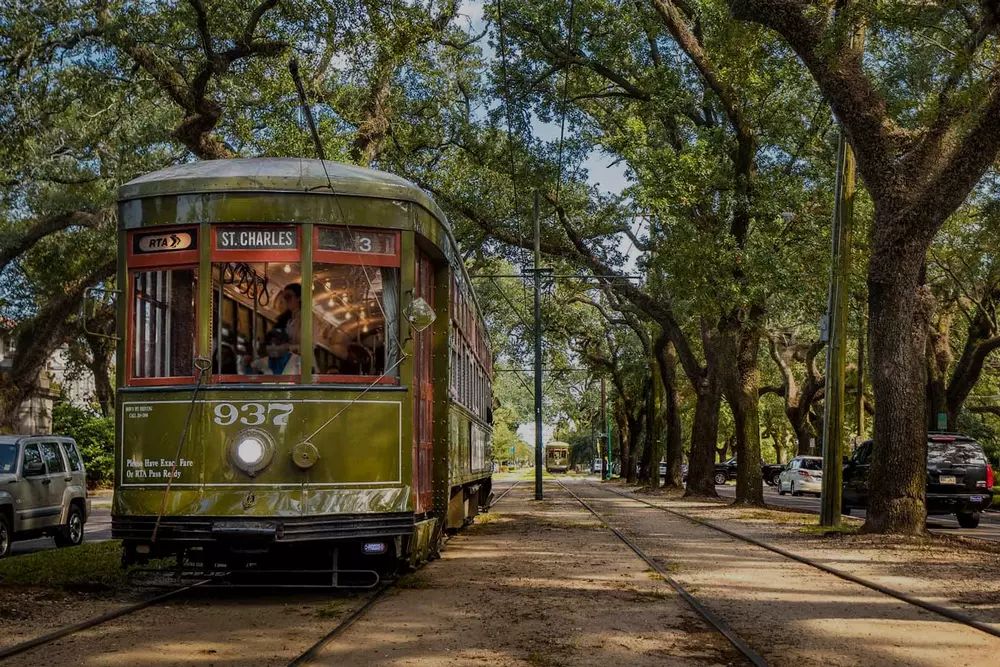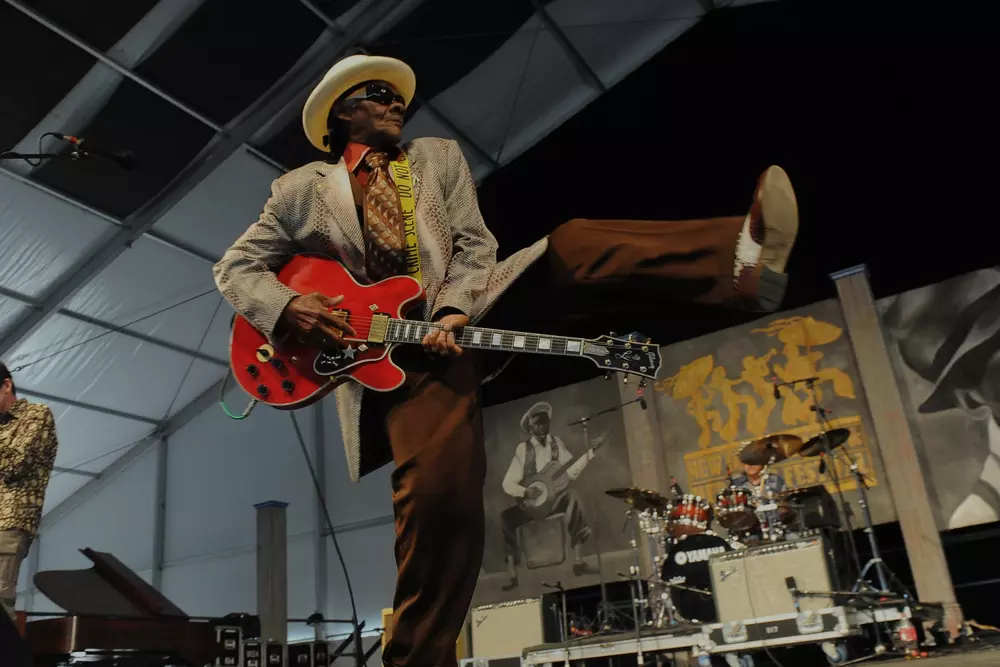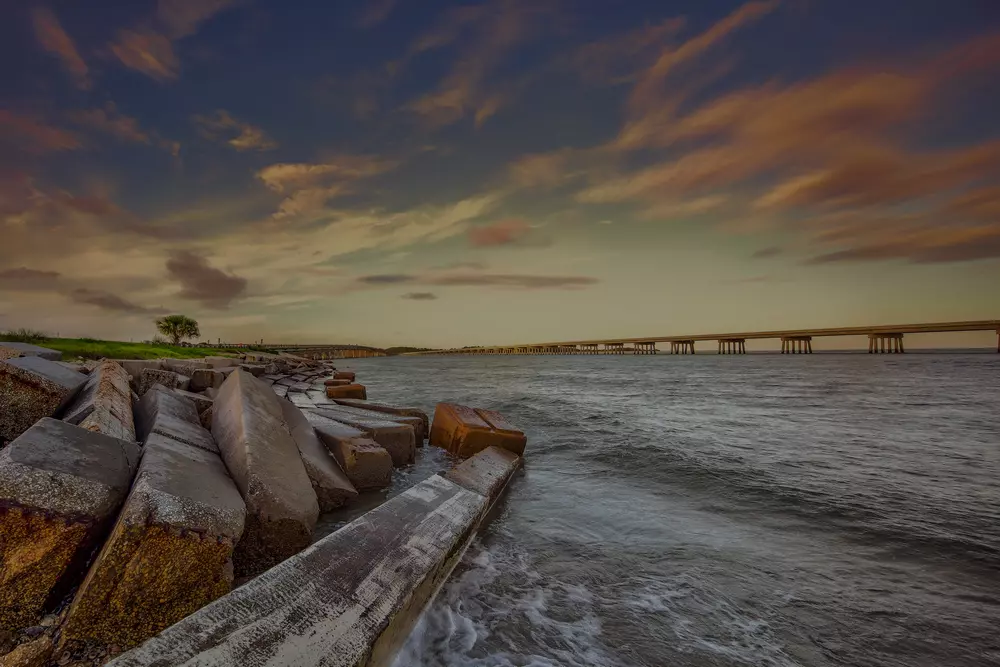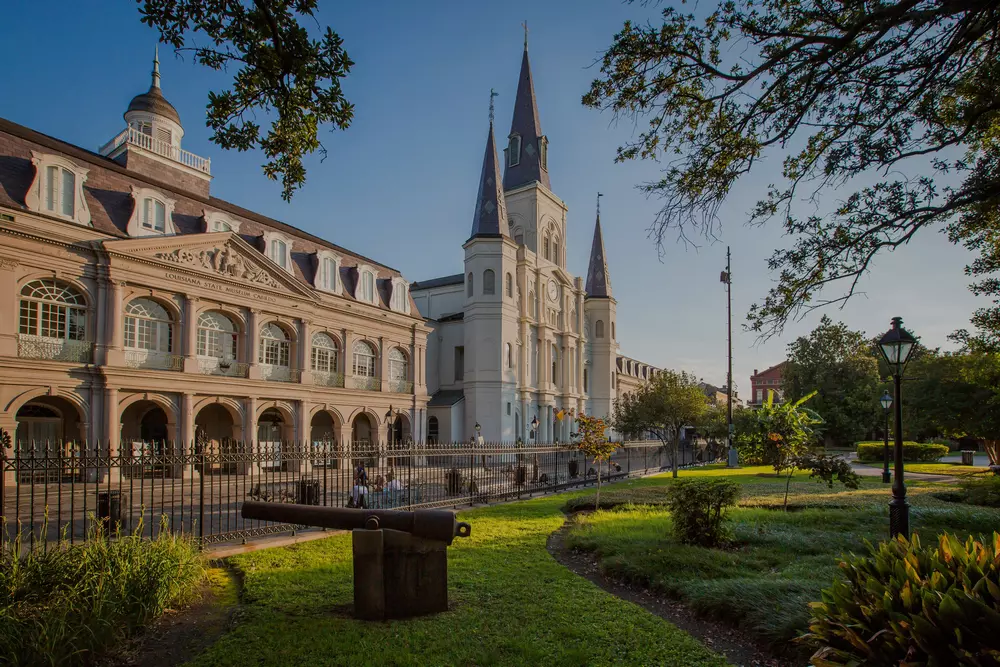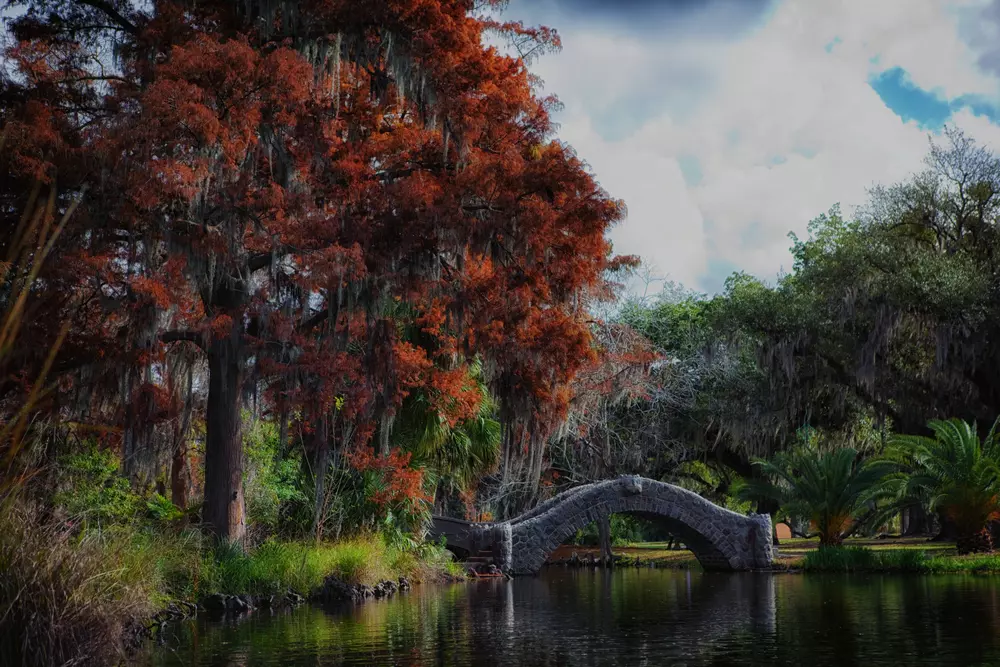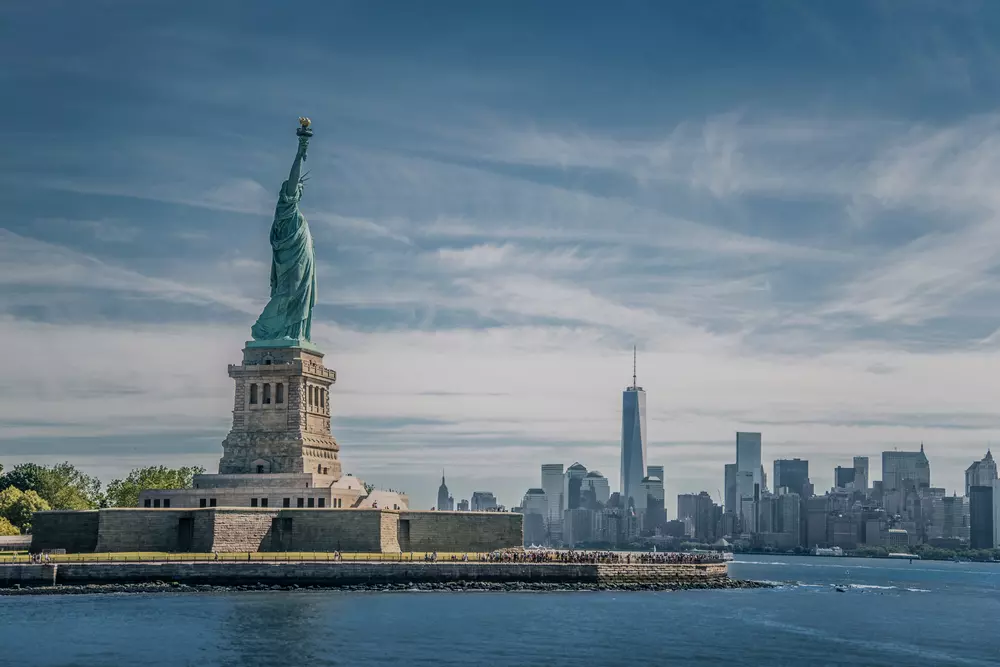History of the quarter
The French Quarter is the only intact colonial settlement remaining in the United States. Before 1718, the New Orleans area was inhabited solely by Native Americans, predominantly of the Choctaw tribe. Recognizing the land's strategic position between the Mississippi River and Lake Pontchartrain, the natives understood its importance for travel and trade.
In 1699, two French brothers, Iberville and Bienville, moved from France and built a fort on Lake Pontchartrain. Their goal was to establish a city nearby. A workforce of 80 cleared the reed thickets and cypress forests, constructing one large warehouse and about 100 log huts scattered haphazardly across three streets along the riverbank. In the square, they built a church, the parish priest's house, and a jail.
In 1788, almost the entire quarter, comprising 850 buildings, was destroyed by fire. During reconstruction, homes were built in Spanish and Caribbean styles. In 1788, New Orleans expanded beyond the French Quarter. Following another fire, the Spanish introduced building codes mandating the use of brick, tile, and slate. By 1803, the USA purchased Louisiana, and Americans began filling the city. The population soared from 7,000 to 116,000 in half a century.
The 1830s marked the peak of prosperity. Thanks to cotton and sugar, New Orleans became one of the wealthiest, fastest-growing cities in the USA. The French Quarter became the center of retail and banking. A decade later, Americans began to outpace the French — major stores, banks, and mansion owners moved to the "American sector." Despite this, the French Quarter has retained its charm to this day, with its local market and small restaurants endearing to many.

French Quarter architecture
The architecture of the district is distinctively unique. Creole houses, known for lacking internal corridors, led to the creation of secluded courtyards behind the main buildings, where typically smaller structures like kitchens, stables, nurseries, and servant quarters were located. These courtyards served as the hub of daily life, accommodating cooking, washing, and livestock care. The Creole style remained popular until the 1830s.
With the arrival of Americans, a new architectural style emerged: the American townhouse, characterized by internal corridors and staircases. Greek Revival and Italian architectural elements, growing popular across America, were often incorporated into the facades of these buildings.
By the late 1800s, industrialization reached New Orleans, and in the French Quarter, structures near the river transformed into warehouses, factories, mills, breweries, and sawmills. Many of the beautiful homes were repurposed into laundries, factories, and lodging for workers. Post World War II, the Quarter became a battleground of innovation versus conservation. Modernists arrived with the intent to demolish the old homes in the name of progress.
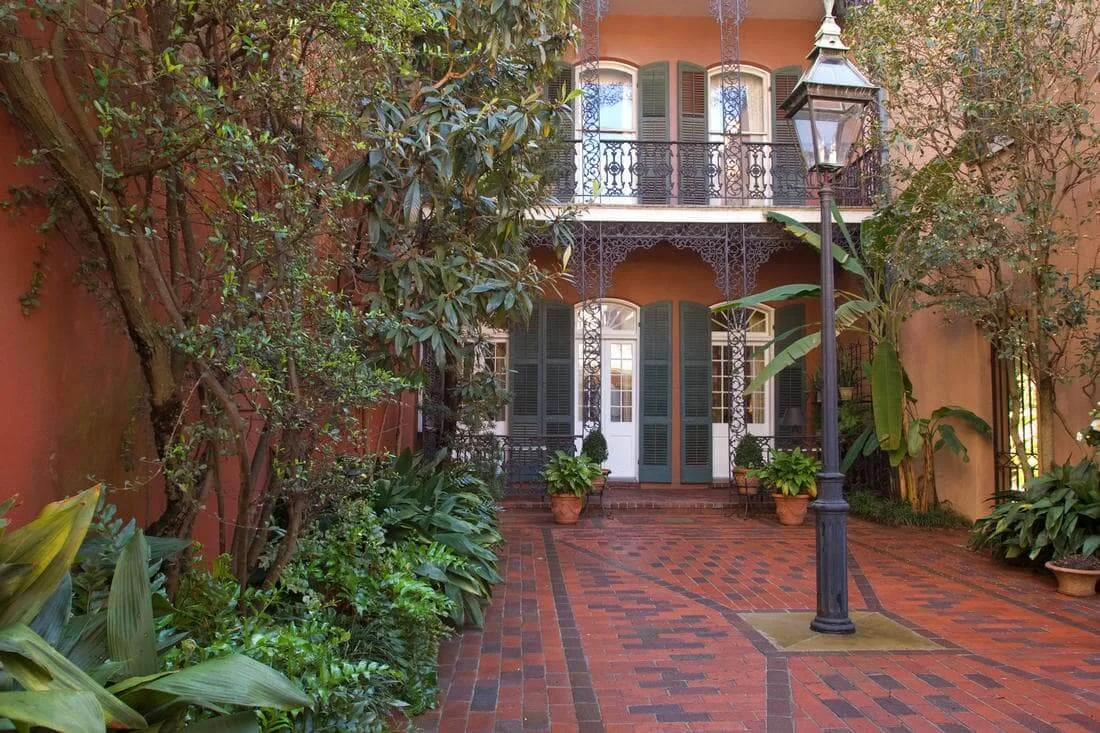
The conservatives managed to obtain the status of a “National Historic Monument”, which allowed them to restore the old residences in their original form.
Interesting Facts
- The quarter is also known as Vieux Carré — “Old Square” from French.
- It is one of the oldest residential areas in the USA.
- Currently, more than 4,000 people live here.
- These residents take in more than 15 million tourists annually.
- In 1966 was recognized as a National Historic Landmark.

French Quarter Tours
- Amazing Scavenger Hunt Adventure
Turn New Orleans into a giant game board with this fun adventure. Combine the excitement of the race with a fun excursion. The group will be divided into two teams, which, guided by a smartphone, will explore the sights when solving problems. - Free Tours by Foot
Free walking tour, which includes not only the French Quarter, but also other legendary quarters and cemeteries of New Orleans. If you like, after the tour guide you can pay a tip. - French Quartour Kids
Family walking tours in the French Quarter, designed specifically for children and teenagers. The historical tour is written by a teacher, interactive and filled with fascinating facts from the past.

Additional Information
-
Phone
+1-504-975-5355
-
Website
| Phone | +1-504-975-5355 |
| Website |
The French Quarter is the historic heart of New Orleans, having withstood hurricanes, floods, fires, yellow fever epidemics, wars, and industrialization since 1718. Visiting this vibrant area offers a journey through time, revealing a world of magnificent attractions, delicious cuisine, and authentic hospitality. Whether you're seeking inspiration, adventure, or simply wish to immerse yourself in the ambiance of this unique place, the French Quarter in New Orleans promises to leave an indelible impression.
American Butler offers you a unique opportunity to explore New Orleans with utmost comfort and pleasure. Our team is ready to provide you with personalized recommendations and organize your trip, considering all your preferences. From exclusive tours to reservations at the finest restaurants, we will take care of all the details to make your journey unforgettable.
By choosing American Butler, you opt for impeccable service and an unparalleled experience in the heart of one of the most colorful districts of New Orleans.























